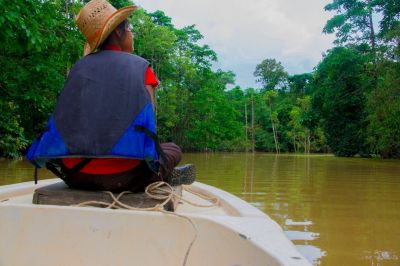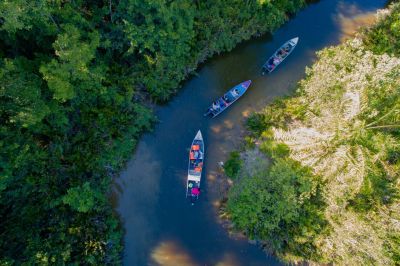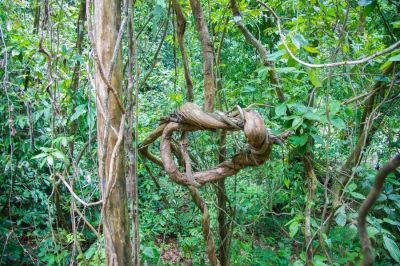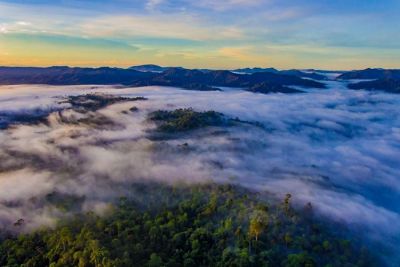
Kinabatangan River Cruise: A Must-Do in Borneo
The Kinabatangan River has secured recognition as one of the top wildlife watching destinations in Southeast Asia. Naturalists alike are spoilt with river cruises, jungle trekking and bird watching activities to choose from. All these activities give the visitors a chance to catch glimpses of the Borneo stunning wildlife and nature.
Kinabatangan River Has Wildlife in Abundance
Kinabatangan River has wildlife in abundance, and it is the place to go if you are an animal lover. Its shores harbor a diverse concentration of animals including elephants, orangutans, Irrawaddy dolphins, silvered leaf monkeys, Proboscis monkeys, macaques, crocodiles, gibbons and snakes. The world’s largest living reptile, the Estuarine crocodile, also calls Kinabatangan home. With over 90 species of fish (including freshwater rays which until very recently were thought to be extinct), Kinabatangan is among the most productive freshwater fisheries in Malaysia.
Kinabatangan River: A Bird Lover's Paradise
With over 250 of colorful tropical birds like the purple heron, blue banded kingfisher, Bornean bristlehead and the endangered Storm’s stork, Kinabatangan River is truly a bird lover's paradise. All eight species of hornbills can be spotted here. Commonly seen drying its outstretched wings in the sun is the Indian darter (Anhinga melanogaster), an endangered water bird extinct elsewhere in Malaysia. Another species that every birder should have on the list is the Bornean falconet (also known as the white-fronted falconet). It is endemic to Sabah and arguably one of the smallest bird of prey on the planet. Alhough it has a small population, it is not uncommon to see a Bornean falconet in the Kinabatangan River area.
Why Kinabatangan is claimed as a 'Mini Amazon'
Thanks to its unique ecological system of tropical rainforests, the Kinabatangan River has been referred to as a ‘mini Amazon’. The river passes through a diverse range of ecosystems including dryland dipterocarp forests, limestone caves, riverine forests, oxbow lakes, freshwater swamp forests and salty mangrove swamps. Kinabatangan River is fed by a huge network of tributaries, making their way down from the Crocker Range which finally empties into the Sulu Sea. It is estimated the entire network of these waterways drains well over 17,000 sq km. The Flora of the area includes, among others, bamboo, orchids, palm trees, fig trees, rattan and hibiscus.




